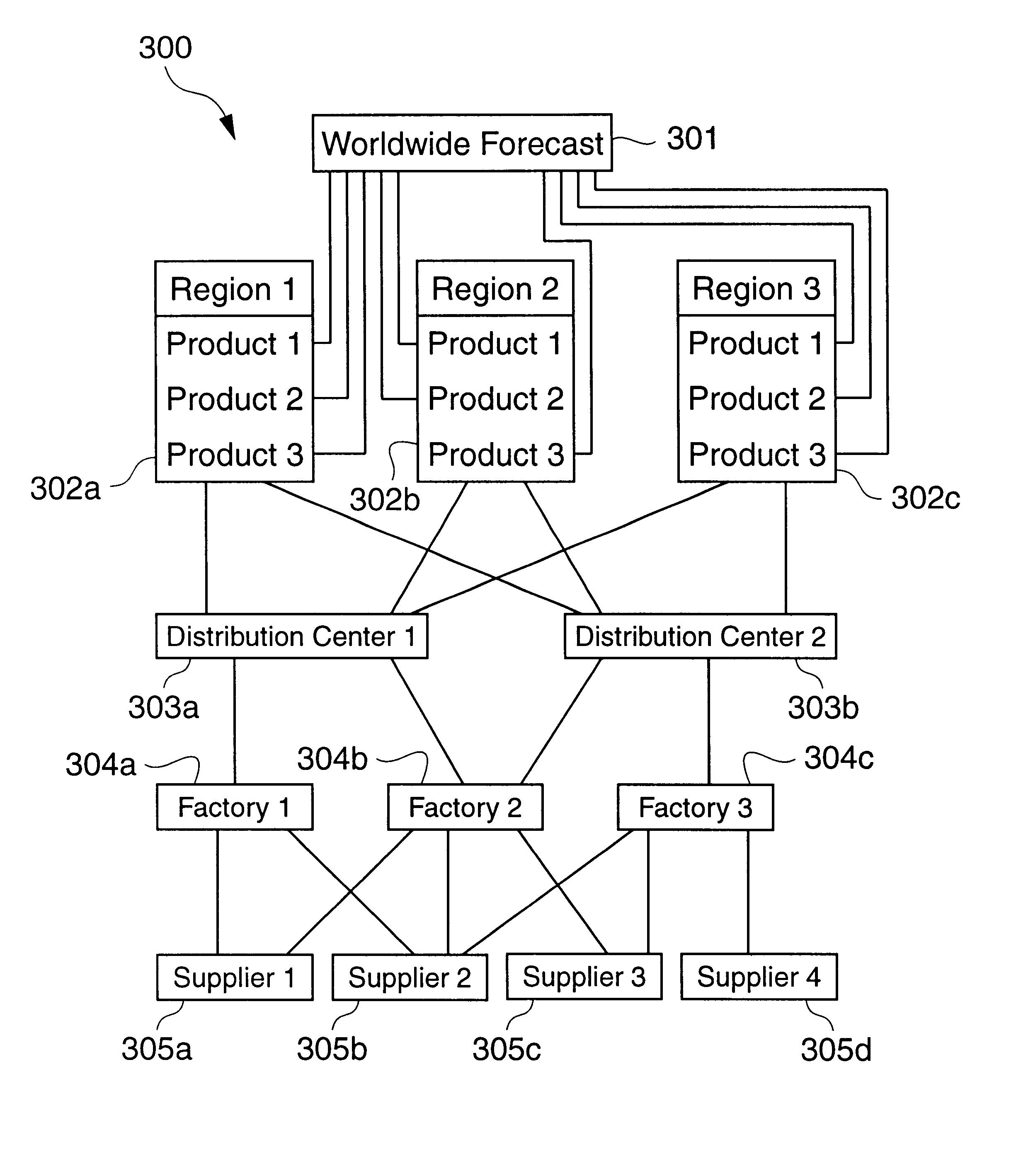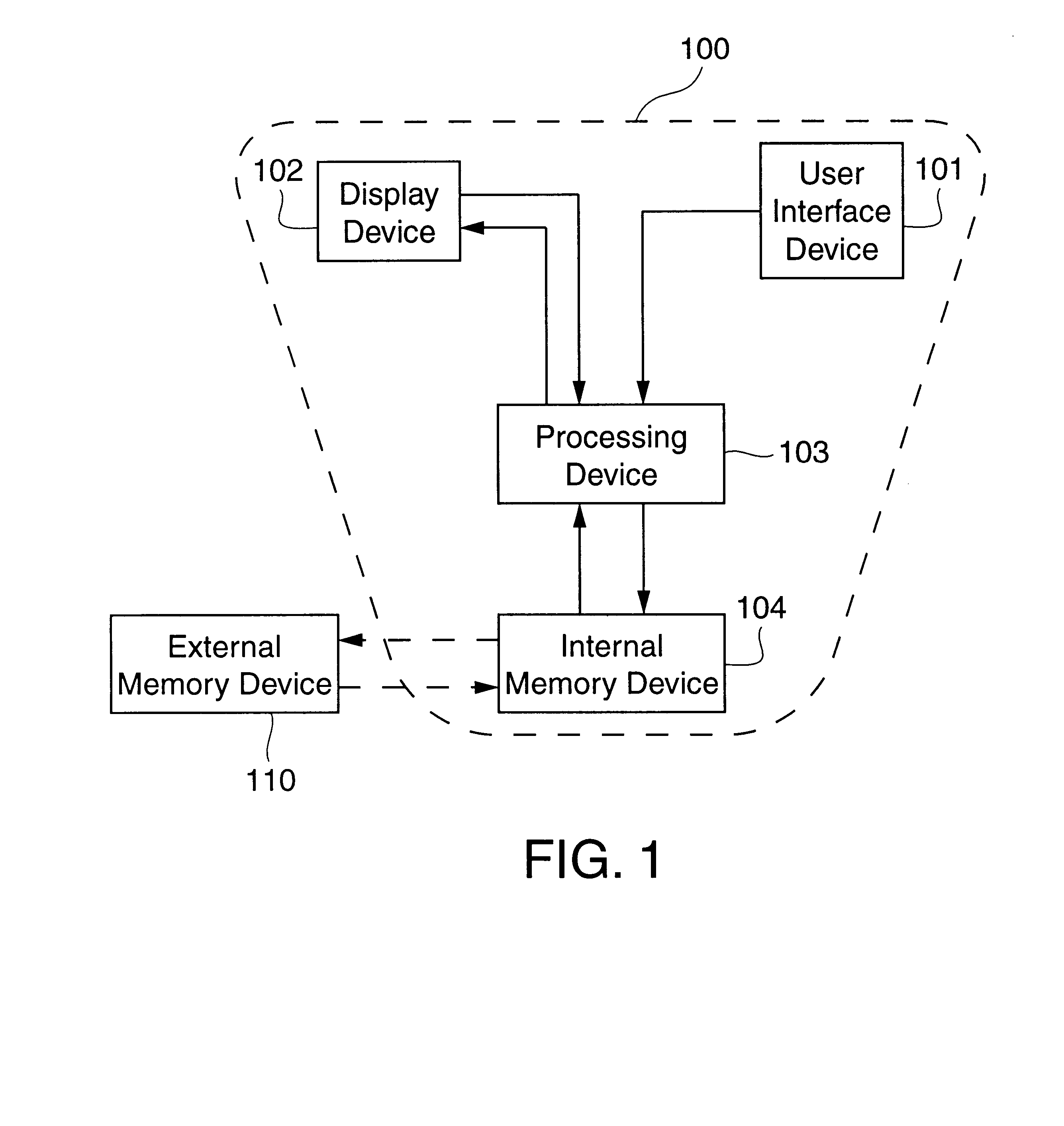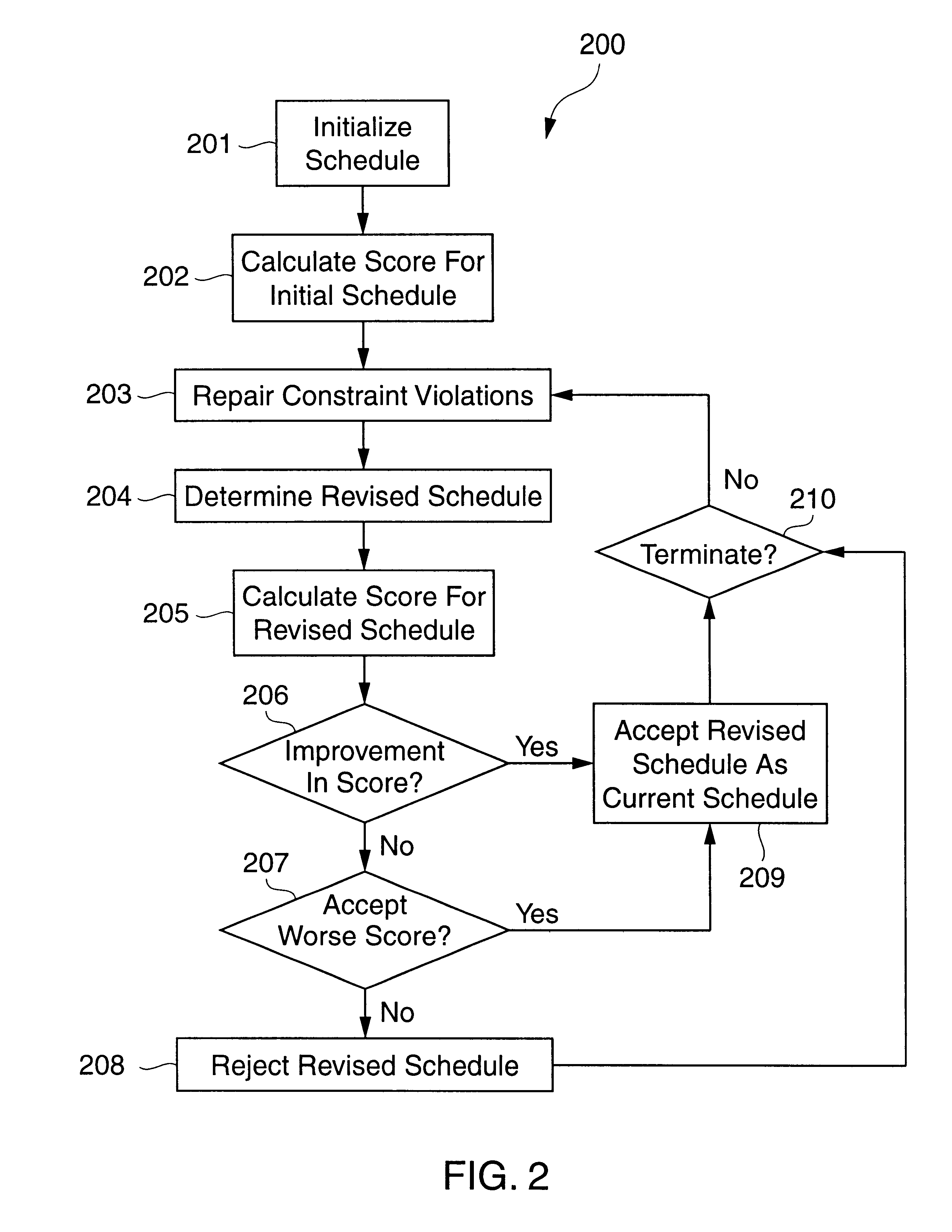Development of a schedule that resolves the many possible conflicts that may arise during conduct of the activity is a complex problem.
The problem is further compounded by the probability that unforeseen events will, from time to time, necessitate modification of any determined schedule.
In some constructive scheduling methods, failure of any of the partial schedules to adequately satisfy the constraints necessitates
backtracking to an earlier partial schedule and reconstructing a series of partial schedules from that point.
A "scheduling problem" is a problem in which all of the items, e.g., tasks and resources, to be scheduled to accomplish an operation are known at the beginning of development of the schedule.
An example of a scheduling problem is the assignment of classrooms, teachers and students for all of the courses offered at a university during a semester.
In contrast to a scheduling problem, with its pre-established set of tasks and resources, a "planning problem" is more open-ended.
Therefore, scheduling for "planning problems" is generally more complex than scheduling for "scheduling problems."
Scheduling a manufacturing operation is a good example of a planning problem.
Solution of the combined inventory and capacity problem in this manner frequently takes a rather long time and does not lend itself to easy rescheduling once an acceptable build schedule has been established.
However, like MPS and rough
cut capacity planning, MRP and CRP are not coupled processes, so that development of a new schedule by the MRP system does not occur automatically, but rather must be initiated by a planner who makes changes to the demand requirements placed on the MRP system using knowledge not available to the planning systems, such as the ability of one part to be substituted for another.
FCS systems may have a limited ability to perform some automatic rescheduling.
However, they do not extensively couple capacity constraints to inventory requirements and so do not adequately optimize a schedule based upon consideration of capacity constraints.
However, evaluation of alternative schedules requires reformulation of the schedule from scratch, i.e., these techniques are constructive methods, making this approach very slow in producing the final schedule.
Further, mathematical
programming necessitates complex mathematical formulations and a large number of variables to define the scheduling problem, thus necessitating a large
information storage capacity and a lengthy time for execution of the scheduling procedure.
Thus, mathematical
programming is not suitable for use in situations where frequent and rapid rescheduling is required, as is frequently the case.
Additionally,
linear programming requires a linear optimization function and real-valued variables, conditions that are too restrictive for many scheduling problems.
However, this approach can only be used to produce a single solution--the method does not iterate through a series of solutions--so that the best schedule is usually not found.
Further, once a scheduling problem has been defined, it is an arduous task to modify the problem definition to accommodate additions, revisions and deletions to the problem constraints, making dispatching and
simulation a relatively inflexible approach to scheduling.
Since, in order to be useful, case-based reasoning methods require the acquisition of a voluminous amount of cases to be useful, they are overly
time consuming.
Even after training, case-based methods are typically slow because of the matching process.
Because these algorithms have weak repairs, they typically require many iterations to converge to an acceptable schedule and, therefore, are slow.
Further, since these methods rely on random repairs, they also tend to significantly alter schedules, making them undesirable for rescheduling applications.
Standard applications of
simulated annealing and
tabu search also rely on random repairs rather than the exploitation of constraint knowledge, so they also suffer from the same problems--slowness and large schedule perturbation--as genetic and neural network algorithms.
None of the above-described approaches considers both inventory and capacity constraints simultaneously to a significant degree, and most do not consider the two together at all.
As a result, those methods typically do not produce a schedule that is optimal with respect to both capacity and inventory constraints.
Further, those methods that do consider inventory and capacity together to a limited degree (FCS methods), suffer from other deficiencies.
Dispatching and
simulation, and rule-based expert systems do not iterate through a series of solutions in order to obtain increasingly better solutions and are difficult to modify to change constraint definitions.
In other words, these methods do not attempt to minimize scheduling perturbations when a schedule must be revised.
Such extensive scheduling changes can be disruptive to the smooth operation of a complex activity.
Further, reworking the entire schedule causes these methods to take an undesirably long time to produce a schedule.
Thus, none of the above-described methods work well for frequent rescheduling of a complex activity.
If all tasks are rescheduled, the rescheduling process takes too long.
If only some of the tasks are rescheduled, tasks that are removed may not necessarily be the best tasks to remove and reschedule.
These may not be the optimal constraints to be relaxed.
Often, satisfaction of global constraints and optimization criteria can only be exactly evaluated for an entire schedule.
In contrast, satisfaction of global constraints and optimization criteria can only be approximated for each of the successive partial schedules developed by a constructive method, making evaluation of global constraints and optimization criteria relatively complicated and of questionable accuracy.
 Login to View More
Login to View More  Login to View More
Login to View More 


